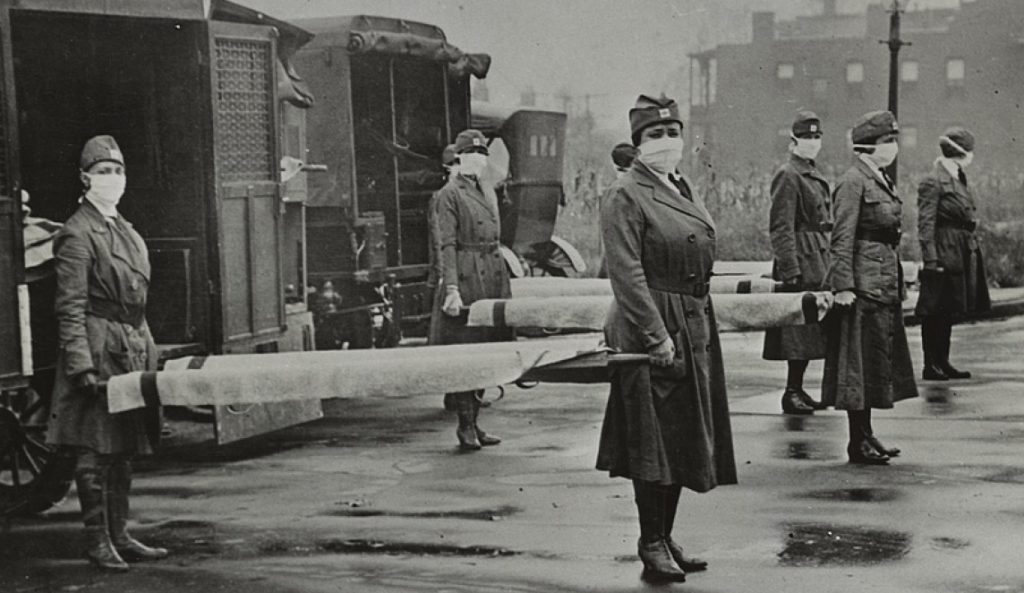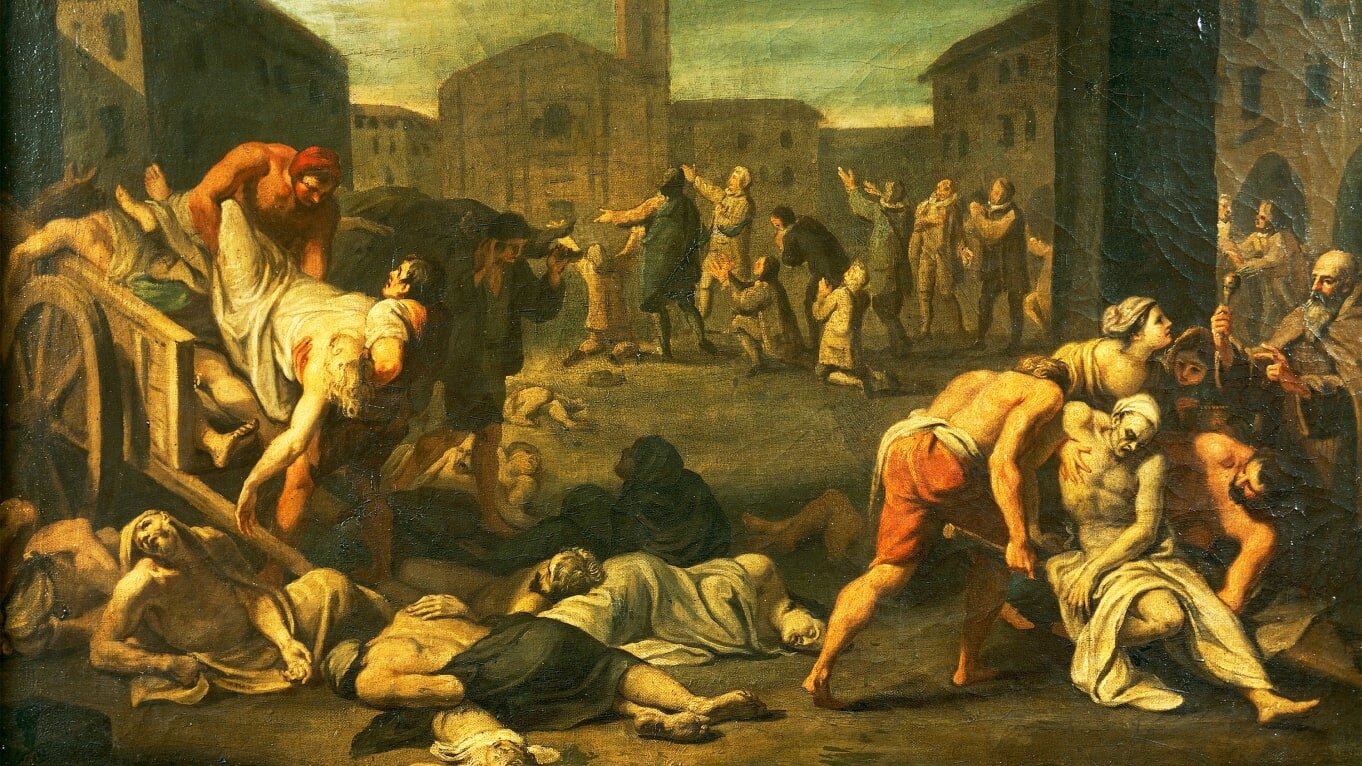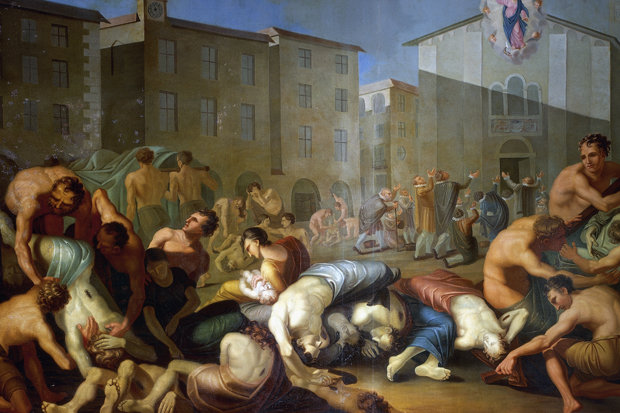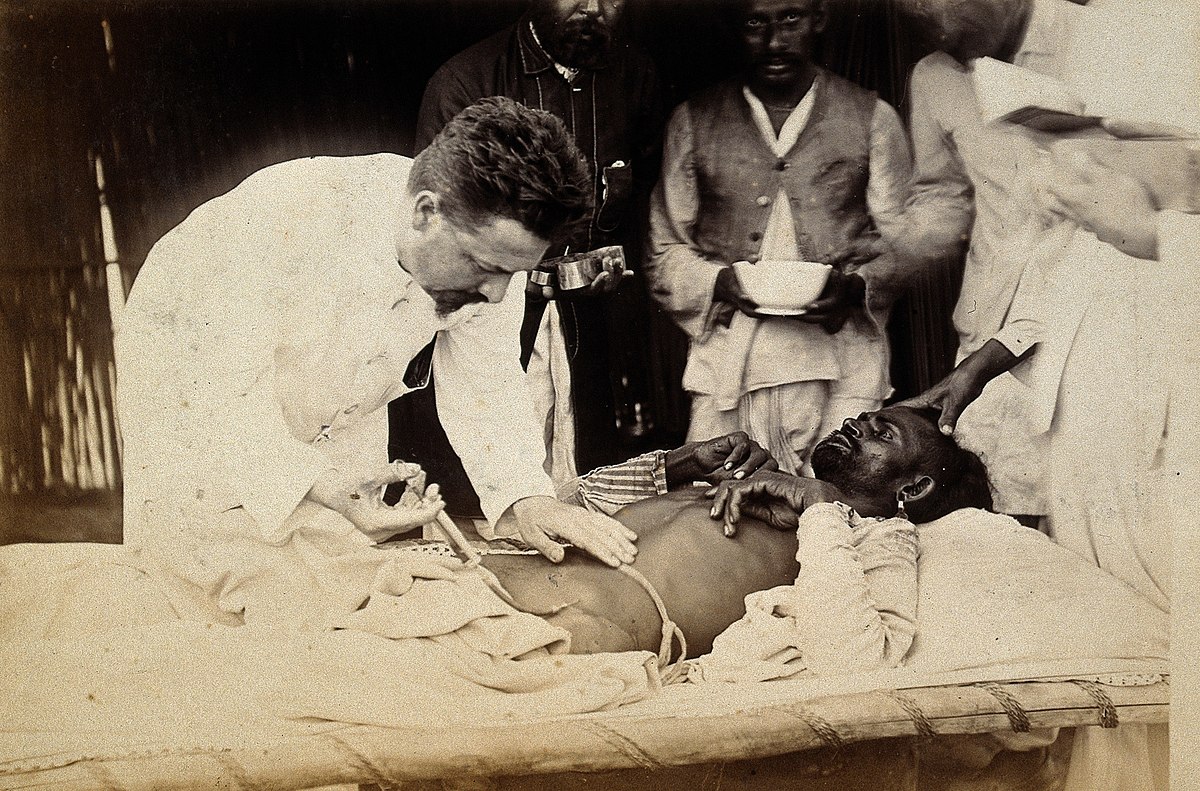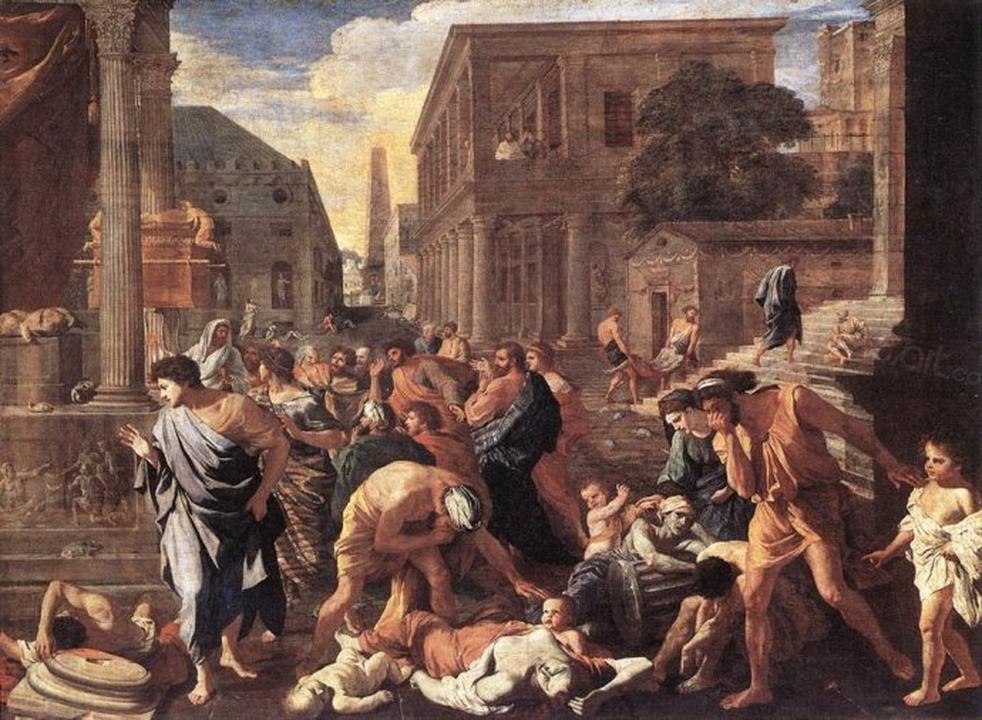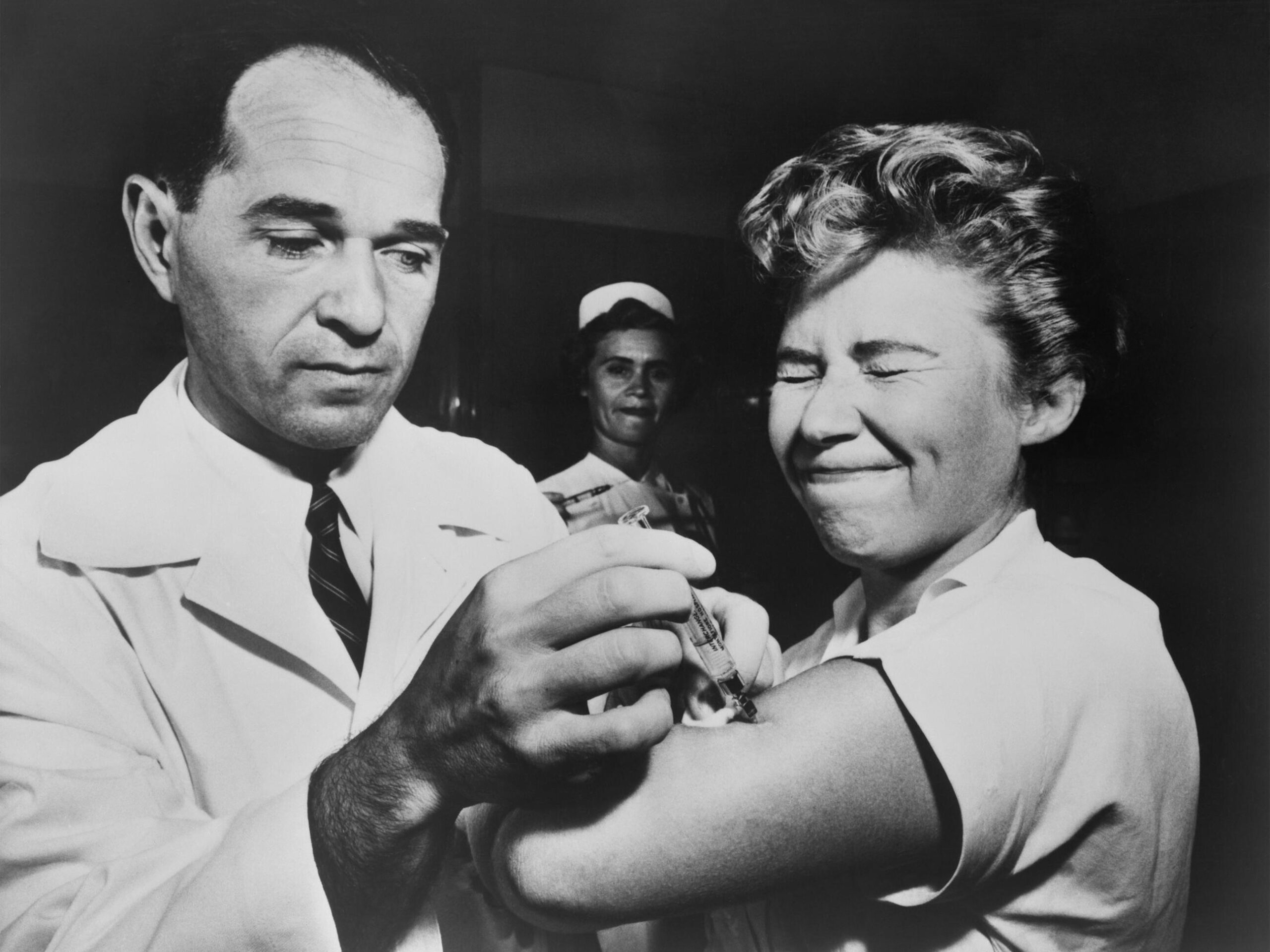Top Lists
Deadliest Pandemics in Human History
The deadliest pandemics in human history claimed more lives than any war, including World War II’s 70 million casualties. It was an
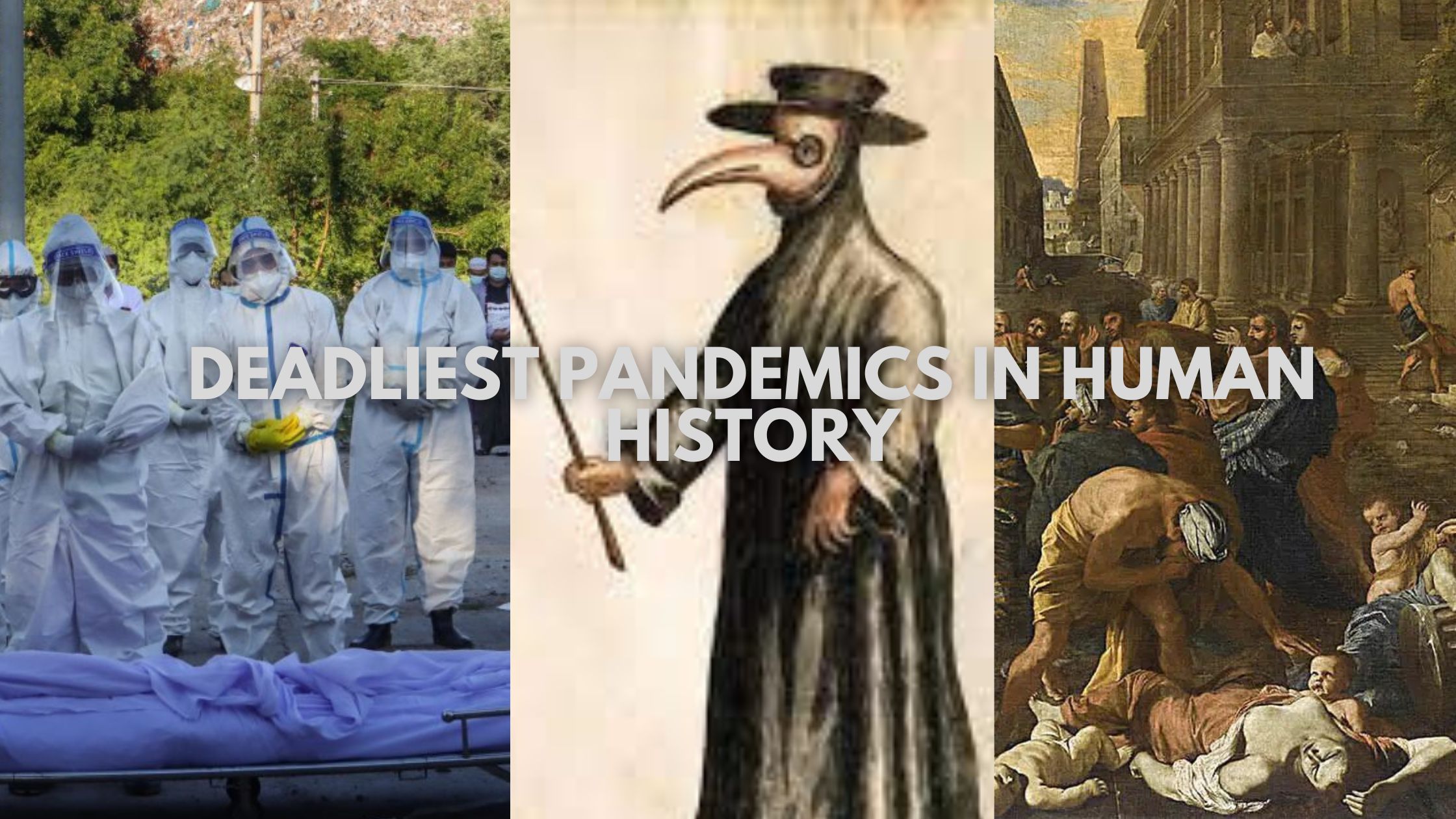
The deadliest pandemics in human history claimed more lives than any war, including World War II’s 70 million casualties. It was an unprecedented global tragedy that surpassed all previous conflicts in its devastating toll on humanity.
Throughout history, humanity has faced various ages like the Stone, Iron, Golden, and Industrial Ages. Similarly, diseases have evolved, from epidemics and endemics to the most devastating, pandemics. These deadly outbreaks have caused immense loss of life and continue to be among the worst scenarios humans encounter.
Humans are a big reason deadly diseases like pandemics happen. We mess with nature a lot: climate change, destroying habitats, cutting down forests, farming, and mining. These actions really add to the likelihood of pandemics.
In this article, we will look at some of the deadliest pandemics in human history that have ravaged our world and cost us more than we actually bargain for.
Deadliest Pandemics in Human History
1. Black Death 75-200 million (1346-1353)
It has been more than five millennia since this deadliest pandemic in human history ravaged our world and caused more dead than any other disease our world has ever known.
The Black Death is caused by the bacterium Yersinia pestis, which traveled from Asia to Europe, devastating the continent and wiping out over half of its population. The pandemic likely originated in north-eastern China, killing millions as it spread through India, Syria, and Mesopotamia. Ships from a trading port called Kaffa in the Black Sea carried the disease to Sicily, where it spread further, claiming countless lives over five years.
Furthermore, the outbreak began in Asia and moved westward, reaching Europe through Sicily in 1347. The plague’s impact was so severe that a truce was reached between England and France and the pandemic also halted Viking exploration of North America.
Meanwhile, it spread rapidly through infected rodents and fleas. Mass graves were used to bury the victims. The plague changed Europe’s history, leading to a shortage of labor, better pay for workers, and the end of serfdom. Survivors had improved access to food, and the lack of cheap labor spurred technological innovation.
The Black Death is one of the deadliest pandemics in human history causing the world population according to research to reduce from 475 million to between 350 and 375 million at the time.
2. Spanish Flu – 50-100 million (1918-1920)
The 1918 flu, known as the Spanish Flu, caused more than 50 million deaths worldwide, hitting Europe, the US, and Asia first. It spread quickly due to cramped conditions during WWI. There were no effective treatments or vaccines at the time. The name “Spanish Flu” was misleading as it likely didn’t originate in Spain.
Additionally, the virus devastated communities globally, with an estimated 500 million people infected and one-fifth of them dying. Unlike COVID-19, it struck young adults the hardest. Likewise, the virus hit remote places like Brevig Mission, Alaska, where 90% of the village died.
The economic repercussions were severe, with a sharp decline in manufacturing output and food production, leading to famine in some places. Also, the pandemic had far-reaching consequences, even fueling revolutionary sentiments in some regions.
3. Plague of Justinian – 30-50 million people (541-549 A.D)
The plague of Justinian was the first recorded outbreak Old World pandemic plague wiping out about 13-26% of the world’s population at the time.
The Justinian plague emerged in Egypt and spread through Palestine, the Byzantine Empire, and the Mediterranean. It thwarted Emperor Justinian’s plans to reunite the Roman Empire and caused severe economic struggles. The plague created an apocalyptic atmosphere that fueled the rapid spread of Christianity.
Over the next two centuries, recurrences killed about 50 million people, a quarter of the world’s population. It was the first significant outbreak of bubonic plague, carried by rats and spread by fleas. The Byzantine Empire, at its height under Justinian, suffered heavily from the plague, marking the beginning of its decline.
The disease reached Constantinople in 541 AD, causing immense devastation, and it spread across continents. Recent research suggests its impact on the early medieval world might have been even more extensive than previously known
Justinian’s Plague was the single deadliest pandemic to afflict Europe (and perhaps the world as a whole) until the Black Plague and made repeated appearances until the year 750. The Black Death is estimated to have killed every 1 in 2 or 3 people living in Europe at the time. It was caused by the same bacteria.
4. HIV/AIDS – 27.2-47.8 million (1981-current)
HIV/AIDS is one of the deadliest pandemics in history which has killed 0ver 30 million people worldwide and it remains one of the most incurable diseases even with many innovations and advancements in medicine it is still a very serious world pandemic.
The virus was first identified in 1981. It destroys the immune system, leading to death from diseases the body would normally fight off. It likely originated from a chimpanzee virus in West Africa during the 1920s. The virus spread through certain body fluids. Reaching Haiti in the 1960s and later New York and San Francisco in the 1970s.
Though treatments have been developed to slow its progression, AIDS has claimed the lives of millions worldwide since its discovery, with no cure yet found. The virus may have crossed over from chimpanzees to humans around 1920 in the Democratic Republic of the Congo through blood contact. By 1981, there were 270 reported cases in the US, and it’s possible that HIV was already present on five continents, infecting up to 300,000 people by 1980.
5. Cyprian Plague – 10-20 million (249-262 A.D)
The Cyprian plague, named after the first victim, was a deadly epidemic during ancient times. It caused severe symptoms like diarrhea, vomiting, fever, and gangrenous limbs. It likely started in Ethiopia, spreading through Northern Africa, Rome, Egypt, and beyond. Recurring outbreaks occurred for three centuries.
In 444 A.D., it reached Britain, hindering defense efforts and leading to the Saxons gaining control of the island. The disease was called the Plague of Cyprian, and it was attributed to St. Cyprian, a bishop who saw it as a sign of the world’s end.
The exact cause of the pandemic remains uncertain. Cyprian, however, described the illness as having constant bodily weakness and the development of sores in the mouth. The plague killed 5,000 people daily in Rome alone.
6. COVID-19 – 5-17 million (2019-current)
COVID-19, caused by the coronavirus SARS-CoV-2, was declared a pandemic by the World Health Organization on March 11, 2020. The virus spread rapidly worldwide, with the first cases reported in China in November 2019 leading to severe respiratory symptoms and transmission through coughs and sneezes.
in addition, vaccination efforts accelerated, but new variants and vaccine hesitancy contributed to rising cases and deaths. By December 2021, over 800,000 confirmed deaths were recorded in the US alone.
The pandemic’s toll has been profound, with 17 million estimated deaths and many survivors experiencing lingering symptoms. COVID-19 is one of the deadliest pandemics in human history. As of mid-August 2022, about 6.4 million people had died of COVID-19 worldwide.
7. The Third Plague Pandemic – 15 million+ (1855-1960)
Also starting in China just like Covid-19, the third plague pandemic is a world ravager, killing most of the people it comes in contact with it. It is one of the three major pandemics known as the bubonic plague. The first pandemic, the Plague of Justinian, struck the Byzantine Empire and neighboring regions in 541-542 A.D., lasting until the 8th century. The second pandemic, known as the Black Death, hit Europe from 1346 to 1353, wiping out a third of its population, and recurred periodically until the 19th century.
The bubonic plague, starting in China and later spreading to India and Hong Kong, claimed around 15 million lives. It began during a mining boom in Yunnan, where fleas spread the disease. The outbreak influenced the Parthay and Taiping rebellions. India suffered the most casualties, leading to revolts against the British.
The plague resurged violently in 1855, affecting port cities like Guangzhou and Hong Kong. It spread to Bombay, Calcutta, Cape Town, and San Francisco before 1959, resulting in the deaths of 12 million people worldwide with half of them in India. The world’s population was just over 1 billion people at the time.
Thankfully, science caught up, and the cause of the plague was identified as the bacterium, Yersinia pestis, which was identified in Hong Kong in 1894. In the findings, scientists realized that rat fleas were the carriers, infecting humans when their first hosts died. Rat-proofing measures and insecticides helped prevent the disease. The plague has not disappeared completely, but it’s no longer a pandemic threat.
8. Antonine Plague – 5-10 million (165-180 A.D)
The Antonine Plague, one of the deadliest pandemics in history, struck during the Roman Empire in 165-166 AD and resurged in 180 AD. Possibly smallpox, spread through soldiers returning from campaigns, killing over 5 million people, about 10% of the empire’s population of 60 million.
The outbreak led to the end of Roman Peace, causing instability, civil wars, and invasions by “barbarian” groups. Christianity gained popularity in its aftermath. The global death toll reached 5-10 million out of a world population of 160-180 million at the time.
9. Asian Flu Pandemic/1957-1958 influenza pandemic – 1-4 million (1957-1958)
The Asian flu is another pandemic that resulted in a great loss of life, killing more than a million people. It ranks as one of the deadliest pandemics in human history with significant damage done to our world.
The Asian flu pandemic originated in Guizhou in Southern China and Hong Kong, then spread to the United States, causing widespread devastation. Although, In 1956 or early 1957, the first flu cases were observed by scientists in southern China.
Although it started as an epidemic in late February around Guiyang and Qujing in Yunnan province. By mid-March, it had spread throughout China and to other countries reaching a pandemic height. China didn’t notify other countries as it wasn’t part of the WHO then. England witnessed 14,000 deaths in six months.
A second wave in early 1958 led to a global death toll of about 1.1 million, with 116,000 deaths in the US alone. The virus was a mix of avian flu strains. A vaccine was developed, effectively containing the pandemic.
10. Asiatic Flu/Russian Flu – 1 million (1889-1890)
Know as the Asiatic/Russian flu, it is the first major flu pandemic that ravaged the world killing millions in its path and it was the last deadliest pandemic of the 19 century, respiratory system, which includes airways, muscles, and lungs, and blood vessels, it is among the deadliest pandemic in human history.
The first major flu pandemic began in Siberia and Kazakhstan and then spread to Moscow, Finland, and Poland, eventually reaching the rest of Europe. It later crossed the ocean to North America and Africa, claiming 360,000 lives by the end of 1890.
With the advent of modern transportation, the influenza viruses spread even faster, causing a global outbreak that killed one million people in just a few months. The world’s population at the time was around 1.4 billion people, there are however suspected estimated cases of around 300-900 million.
Deadliest Pandemics in Human History
- Black Death 75-200 million (1346-1353)
- Spanish Flu – 50-100 million (1918-1920)
- Plague of Justinian – 30-50 million people (541-549 A.D)
- HIV/AIDS – 27.2-47.8 million (1981-current)
- Cyprian Plague – 10-20 million (249-262 A.D)
- COVID-19 – 5-17 million (2019-current)
- The Third Plague Pandemic – 15 million+ (1855-1960)
- Antonine Plague – 5-10 million (165-180 A.D)
- Asian Flu Pandemic/1957-1958 influenza pandemic – 1-4 million (1957-1958)
- Asiatic Flu/Russian Flu – 1 million (1889-1890)


